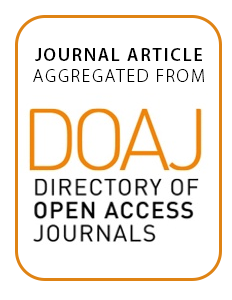Demographic changes and the demands on agricultural landscapes: Refl ections on a new research topic
Demographic change suggests substantial effects on future societal demands on agricultural landscape use and thus on rural areas. Demographic change is thereby defined as both the decrease of the population and the shift in the age distribution („aging“) and in the spatial distribution („rural flight“ particularly of young people).

